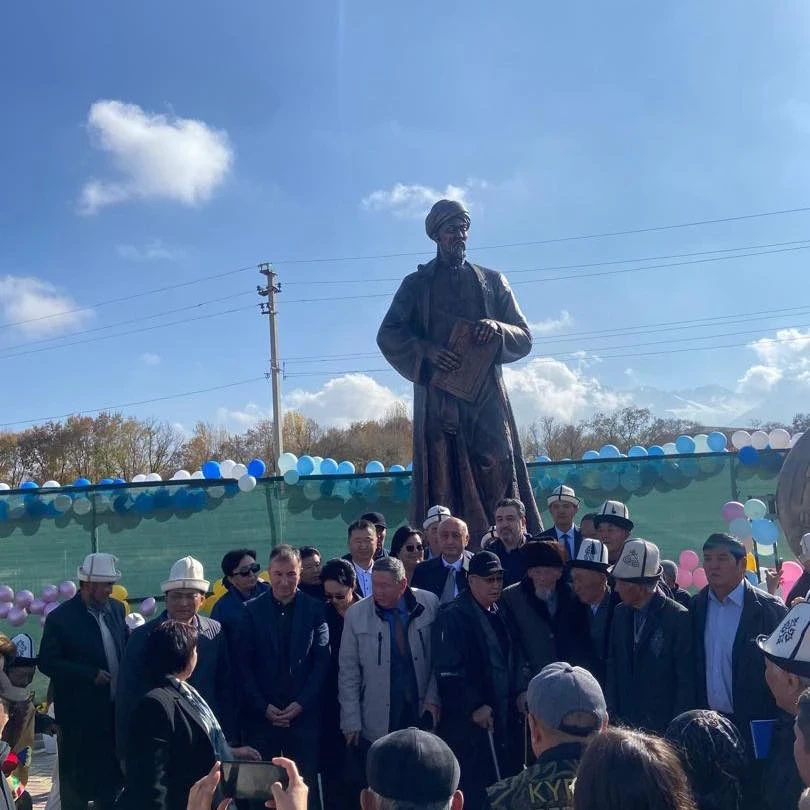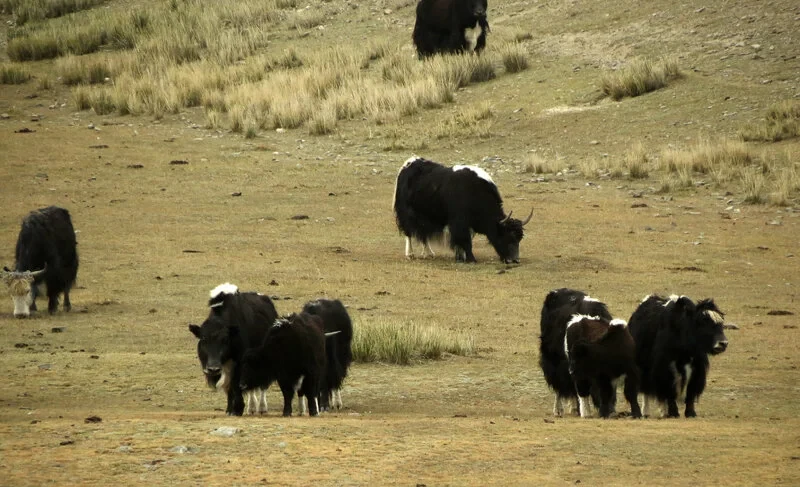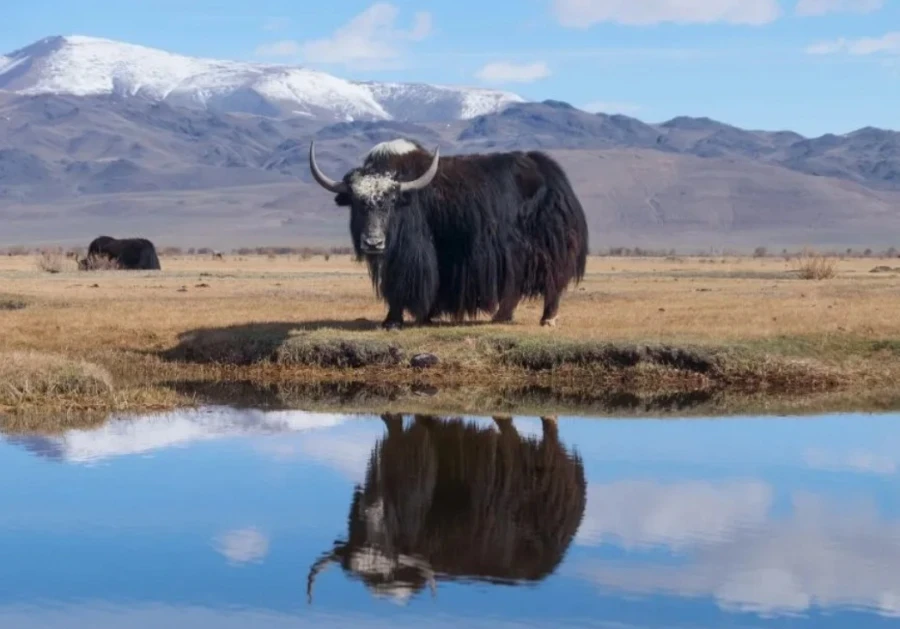
In the Issyk-Kul region, in the village of Barskoon, a solemn opening of a monument to the...

Kashgari Mahmud, son of Hussein, grandson of Muhammad, is a representative of the science and...
In the Jeti-Oguz district of the Issyk-Kul region, a celebration was held dedicated to the 100th...

The work of Mahmud Kashgari 'Divan Lugat At-Turk' ('Dictionary of Turkic...

In the Jeti-Oguz district, law enforcement agencies have detained five men suspected of stealing...

In the Issyk-Kul region, in the Jeti-Oguz district, an operation was conducted to detain suspects...
On October 26, a ceremony dedicated to the opening of a new sports hall took place in the village...

Suspects in the theft of yaks detained In the Issyk-Kul region, in the Jeti-Oguz district,...
Rustam Nuradilievich Ishtybaev has become the head of the ayil okmotu in Sokuluk, which is located...
On October 26, the "Dostuk" festival took place in the Ala-Buka district of the...
In Jeti-Oguz, suspects have been detained in connection with the theft of yaks, reported the press...
In the Batken region, in the Kadamjay district, there has been a personnel change: the deputies of...
The head of the village government of Birlik, located in the Kadamjay district of the Batken...
A man suspected of illegal fishing was detained in the Jeti-Oguz district. According to the press...
In Ak-Kokkor, located in the Jeti-Oguz district of the Issyk-Kul region, the construction of a new...
Representatives of the rural administration reported to the correspondent that modern workout zones...
In the rural district of Shumkar-Uya, located in the Talas region, a traditional harvest festival...

BARSKHAN - THE CITY OF ALEXANDER THE GREAT The medieval historian of the Persian and Arab world,...
Recently, a festival called "Dostuk" took place in the Ala-Bukinsky district, with a...
Rahman uulu Taiyrbek has become the new head of the rural administration in the Samarkandek rural...
In Jeti-Oguz, work is actively continuing to clear the roads of snow, reported Adilet Kambarbek...
In the village of Sovetskoye, which belongs to the rural district of Moldо Niyaz in the Kadamjay...
In the village of Novovoznesenovka, located in the Ak-Su district of the Issyk-Kul region, funding...
In the Kochkor district, a mini-football tournament was held dedicated to the holiday of...
In the Naryn region, in the Ak-Tal district, an event was held in memory of those who died during...
Ergeshov Azamat Zholbaevich has been appointed head of the Ayil Okmotu of Altyn-Beshik in the...
In the Kadamjay district of the Batken region, there have been changes in the local administration:...
In the Issyk-Kul region, an active fight against predators threatening livestock has begun, reports...
In the Issyk-Kul region, in the Ak-Suu district, an event was held dedicated to the anniversary of...
Myrbek Bolokbaevich Suynaliev has been appointed as the head of the rural administration of Kün-Tuu...
In the village of Ak-Suu, located in the Moscow district of the Chui region, a refrigerator and...
In the Kara-Daryin rural district of the village of Aral, located in the Suzak region, a new point...
In the village of Kyzyl-Alma, which is part of the city of Tash-Kumyr, the opening of a new...
The construction of a new two-story building for the district electric networks enterprise is...
The master of yurts from the Ton district of the Issyk-Kul region is 49-year-old Alybek Asangulov,...
Today, October 24, in the village of Iyri-Suu in the Uzgen district, Teacher's Day was...
Kara-Burgun, located in the Ak-Talinsky district of the Naryn region, took 1st place in the...
In the Talas region, in the village of Sasyk-Bulak of the Shumkar-Uya rural district, the sale of...
In the Jeti-Oguz district, a celebration was held for the 100th anniversary of the establishment of...
On November 5, a celebration took place in the Kara-Suu district, dedicated to the centenary of the...

Sodombekov Ishenbay (1950), Doctor of Biological Sciences (1998), Professor Kyrgyz. Born in the...
On November 4, a solemn event dedicated to the Day of Culture Workers of Kyrgyzstan took place in...

During the era of the Karakhanid khanate, Turkic peoples achieved significant progress in science...

The longest gorge, bearing the same name, is located just 30 km from the city. Immediately behind...